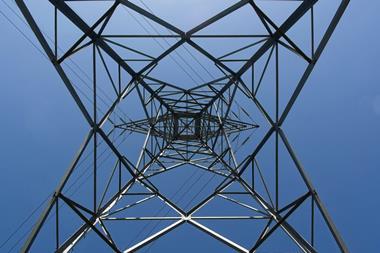Schroders has raised €312m from European and Asian investors for its second pan-European infrastructure debt fund.
Schroder Euro Enhanced Infrastructure Debt Fund II, also known as Julie II, is managed by Schroder Aida, the specialist infrastructure finance subsidiary launched by Schroders in 2015.
The fund follows Schroders’ debut European infrastructure debt fund that was launched in 2017 with close to €350m in capital.
Schroders has held a first close and is aiming to raise €750m in total for the new fund.
A number of investors in the first fund, including insurance companies, have joined.
The fund will invest in sub-investment grade debt backed by mid-sized brownfield core assets.
It is intended to have a diversified exposure across countries and sectors, but the focus will be on assets that provide essential services, are capital intensive with high barriers to entry, have long economic lives, generate long-term cash flows, benefit from regulated markets and have low exposure to technological risk.
Assets that fit these criteria include water and energy companies, railways, renewable energy, electricity grids and roads.
Schroders said it would also integrate environmental, social and corporate governance (ESG) factors into its investment process.
The focus on sub-investment grade debt will give the fund access to “healthy yields”, Schroders said, “while maintaining a stronger credit profile than other assets with similar ratings”.
Peter Arnold, Schroders’ head of private asset sales, said: “This is a great milestone for Schroders’ infrastructure finance team as we have raised nearly 50% of our target raise of €750m in the first close.”
Augustin Segard, fund manager and head of enhanced infrastructure debt, said: “The strong investor appetite seen for this fund underlines the resilience and strength of both the demand by our clients and also the performance of the asset class through the COVID-19 crisis so far.”
Segard said there were “exciting investment opportunities in the sub-investment grade infrastructure debt space” and he expected “to deploy this second vintage as efficiently as the first fund”, which was fully invested within two years.


















